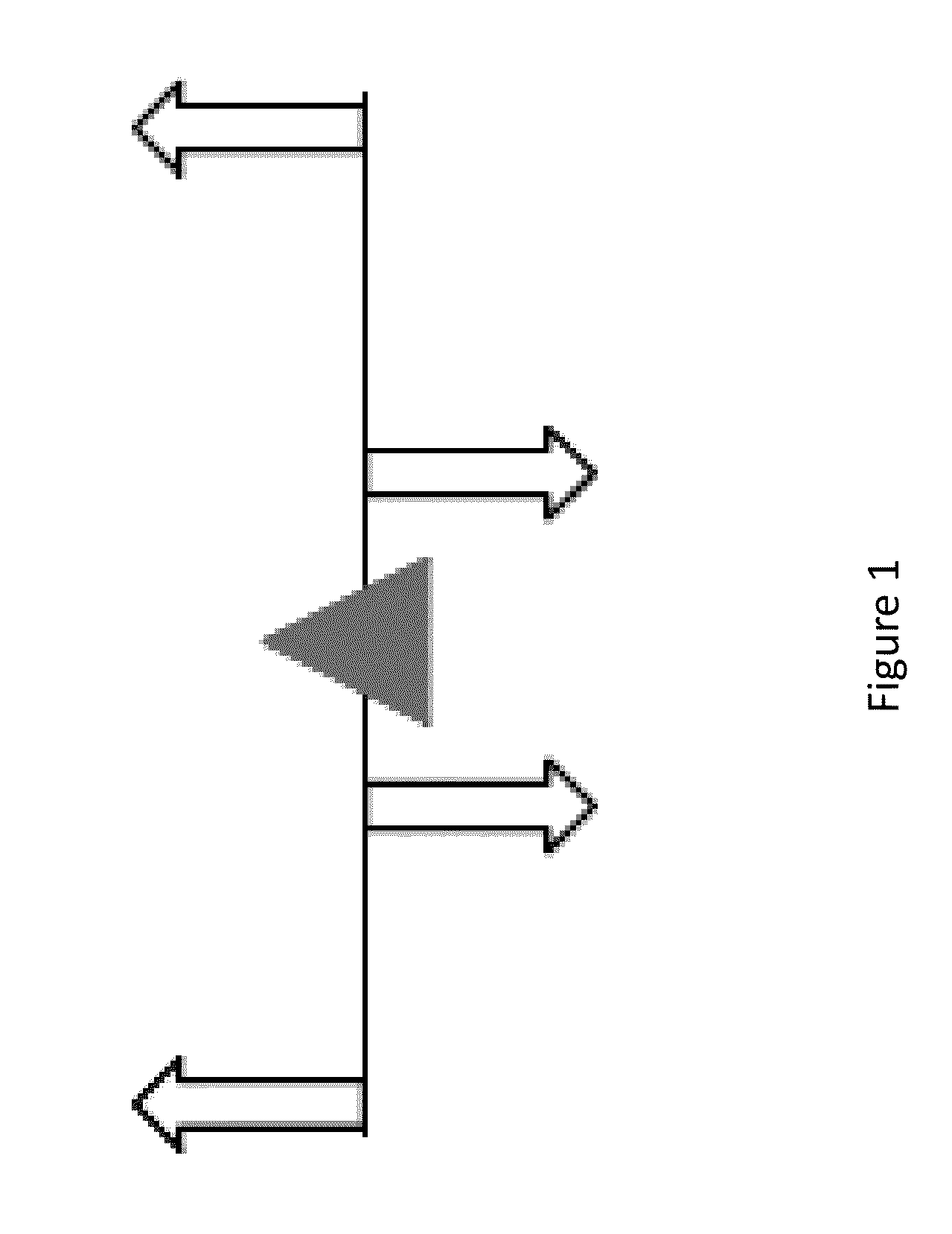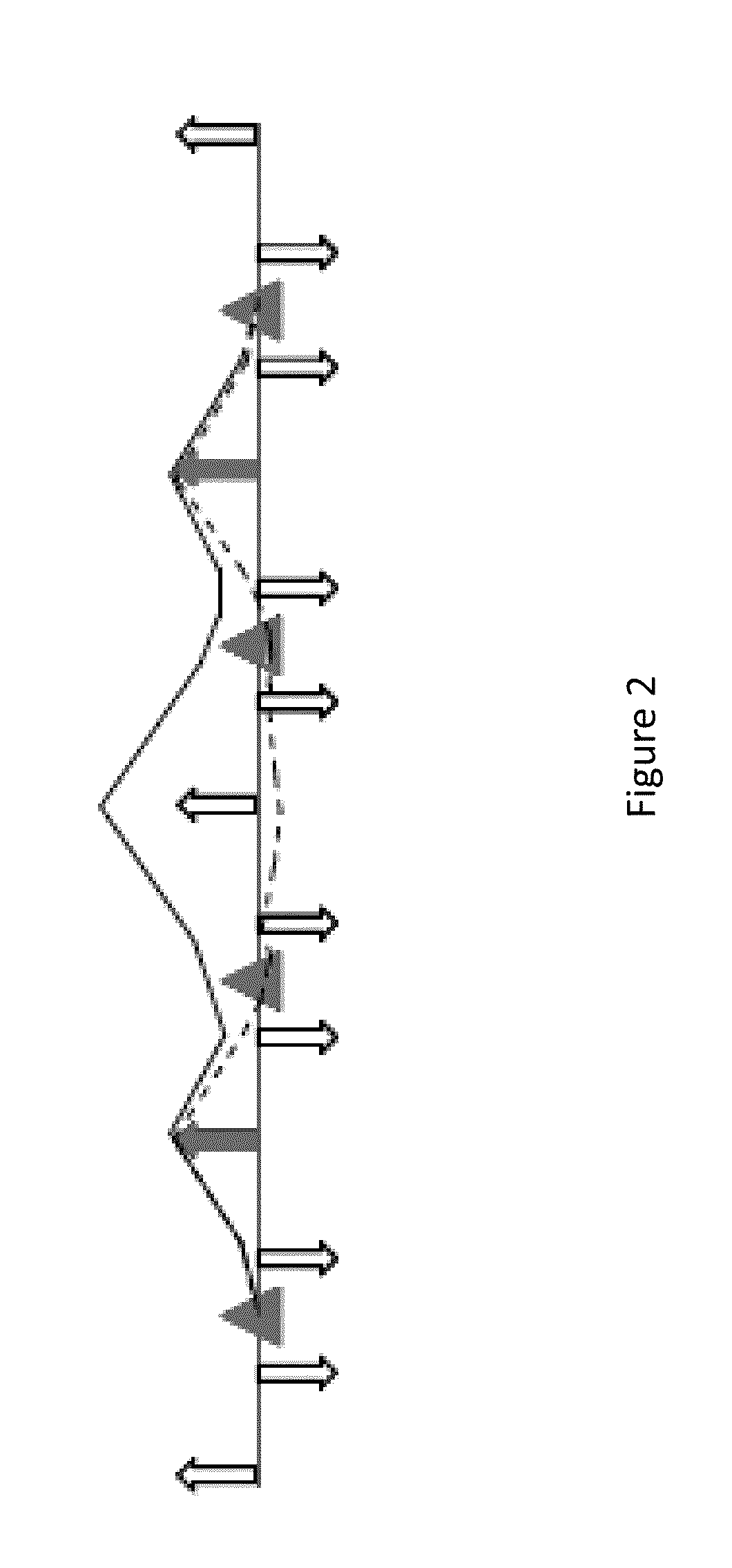Method and apparatus for recirculation with control of synchrotron radiation
a technology of electron linear accelerator and recirculation electron, which is applied in the direction of instruments, beam deviation/focusing by electric/magnetic means, mass spectometers, etc., can solve the problems of severe limitations in the design of high-brightness electron accelerator systems, difficult to design and implement beam line designs for such systems, etc., to stabilize the microbunching instability, and the effect of high brightness electron beam
- Summary
- Abstract
- Description
- Claims
- Application Information
AI Technical Summary
Benefits of technology
Problems solved by technology
Method used
Image
Examples
Embodiment Construction
[0019]The current invention is a method and apparatus for controlling and reducing beam quality degradation from incoherent synchrotron radiation and coherent synchrotron radiation while stabilizing the microbunching instability.
[0020]The method includes utilizing superperiodic recirculation transport with phasing as in a second order achromat, with individually isochronous and achromatic superperiods. Each superperiod is to be built up out of low-quantum-excitation periods of types familiar to those skilled in the art, such as three-bend achromats (TBA), Chasman-Green (two-bend) achromats, flexible-momentum-compaction (FMC) arc cells, or theoretical-minimum-emittance cells (TME). Modulation of focusing, choice of betatron phase advance, dispersion modulation, or other means can then be used to render individual superperiods achromatic and isochronous. Use of such low excitation lattices and choice of sufficiently large bend radius then insures ISR effects are well-managed.
[0021]Whe...
PUM
 Login to View More
Login to View More Abstract
Description
Claims
Application Information
 Login to View More
Login to View More - R&D
- Intellectual Property
- Life Sciences
- Materials
- Tech Scout
- Unparalleled Data Quality
- Higher Quality Content
- 60% Fewer Hallucinations
Browse by: Latest US Patents, China's latest patents, Technical Efficacy Thesaurus, Application Domain, Technology Topic, Popular Technical Reports.
© 2025 PatSnap. All rights reserved.Legal|Privacy policy|Modern Slavery Act Transparency Statement|Sitemap|About US| Contact US: help@patsnap.com



